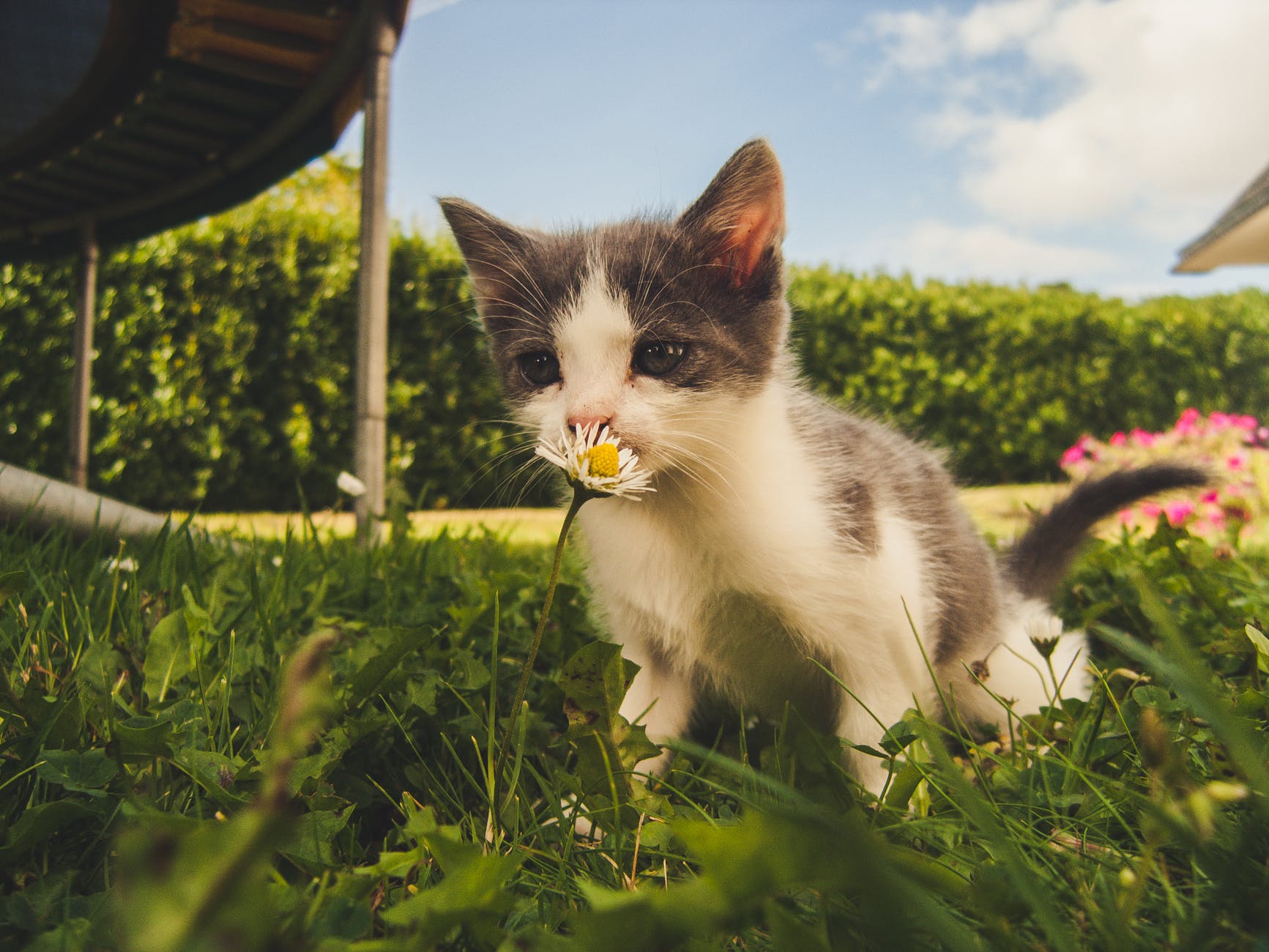I was scrolling through Instagram the other day and found myself admiring the work of others who have creatively used their accounts as a platform for their professional lives. I noticed the sleekness of the images, their ability to convey meaningful teaching and information in an aesthetically-pleasing way. It took about 30 seconds for my thoughts to turn to self-criticism:
I don’t have the charisma/beauty/talent/tech-savvy/(whatever) to be successful like them.
I know I’m not the only one who experiences this.
We live in an image-saturated world. Visually-oriented social media platforms have opened new and creative modes of expression, but they also exert their gravitational pull over everything else. You now have to add a picture to any blog or Facebook post (like this one) to increase the likelihood that it will be seen – “for the algorithm.” An overemphasis on images can also exclude people with visual disabilities who are a part of online communities.

I don’t want to diminish the creative and meaningful work people are sharing on Instagram and other platforms. But, I also want to nurture the continued existence of other ways of being, expressing, and connecting .
Jewish tradition offers an alternative mode of experiencing the world that is not centered around that which we can see.
Starting in the Torah, God chooses to reveal Godself primarily through speech, rather than physical manifestation. In the story of the creation of the world in Genesis, God speaks and the world comes into being. God speaks to Moses out of the burning bush, and utters the Ten Commandments on Mt. Sinai. In our morning and evening prayer services, Jews declare:
“Shema Yisrael, Adonai Eloheinu, Adonai Echad” – Listen Israel – Adonai is our God, Adonai is one.
Jewish teaching recognizes that images are powerful and attractive, and advises us to be cautious and mindful of the ways we respond to them. In steering us away from a focus on images, our tradition invites us to attune ourselves to what is not immediately apparent and to recognize the many ways that the divine presence is revealed in the world.
I’m probably not going to be an Instagram rabbi – and that’s OK. We all have different gifts and talents that we can share, and different ways of expressing ourselves.
And in case you need the reminder today: you are so much more than your image. Your social media presence does not and cannot capture the fullness of your being.
How can we work together to recognize and lift up the diverse beauty we bring into the world?
